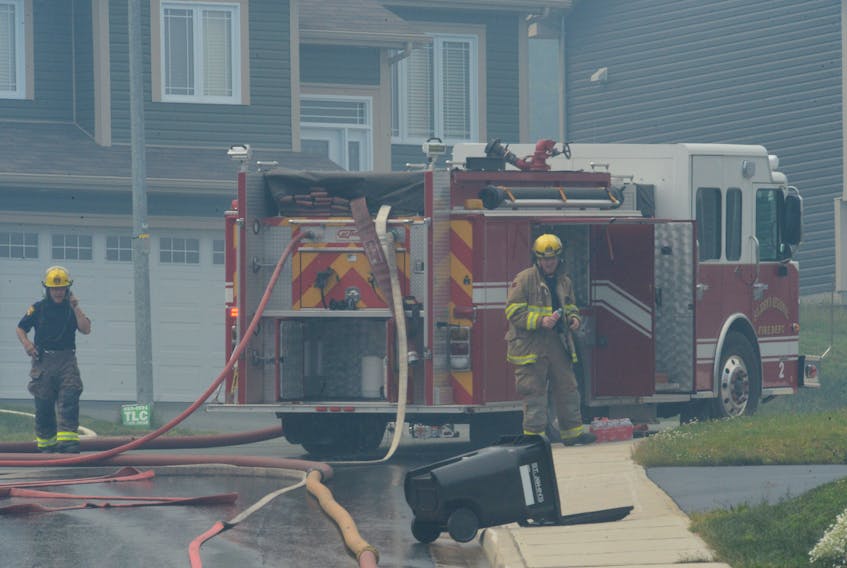There’s an interesting social media aspect to the forest fire in the Kenmount Terrace area of St. John’s Monday, and not just the usual drive-by cellphone video of the latest calamity, either.
As soon as Twitter started to light up with tweets of people seeing and smelling smoke, the Royal Newfoundland Constabulary started putting public service information online.
“MAJOR FIRE There is currently a large forest fire burning in the KENMOUNT TERRACE area. KENMOUNT Rd is CLOSED — residents are asked to be ready for an evacuation in the event we need to get people in certain areas out,” the RNC tweeted.
Getting messages out widely is a valuable use of social media, and the RNC kept it up with messages like: “Continue to monitor local media (and our Twitter) for updates. This is still a very active fire and residents should continue being cautious in area.”
The start of an incident is only part of the story. Think about the last time you heard the result of an investigation into the cause of a fire.
The City of St. John’s was also online: “If you live in the Kenmount Terrace area, please water down your garden to assist with the efforts to reduce small flanker fires. Call 911 if you cannot deal with a fire yourself.”
But while quick and clear notifications are one good use of social media, there’s something that’s missing. While officials are quick to issue alerts about an ongoing situation, that’s often where the information stops.
The start of an incident is only part of the story. Think about the last time you heard the result of an investigation into the cause of a fire.
It’s a missed opportunity, especially from the point of view of issues like fire safety education.
You can understand that fire officials might not want to interfere in the process of fire investigations, and that they might not want to stoke fears.
But, if as happened in St. John’s recently, there are two fires that were reportedly started by lithium batteries that were being charged, it would be good to know the final verdict on the cause.
And that’s where we might learn something from nearby jurisdictions.
The Halifax Regional Fire and Emergency service has a website that’s regularly updated and lists the results of fire investigations as soon as they are completed: they’re only thumbnail sketches, but they get the point across: “5 Neptune Cres., Dartmouth. July 3, 2018 — This fire involved a commercial building. There were no injuries and no fatalities. The ignition source was determined to be a battery booster. Fire investigators have determined the area of origin as a warehouse. The cause of this fire is classified as ACCIDENTAL.”
It’s straight-up public information, something that can put minds at ease — or be the starting point for legitimate questions about whether people should be concerned and take action.
Not every fire is a major news story — but each one has the potential to be an important learning experience.









